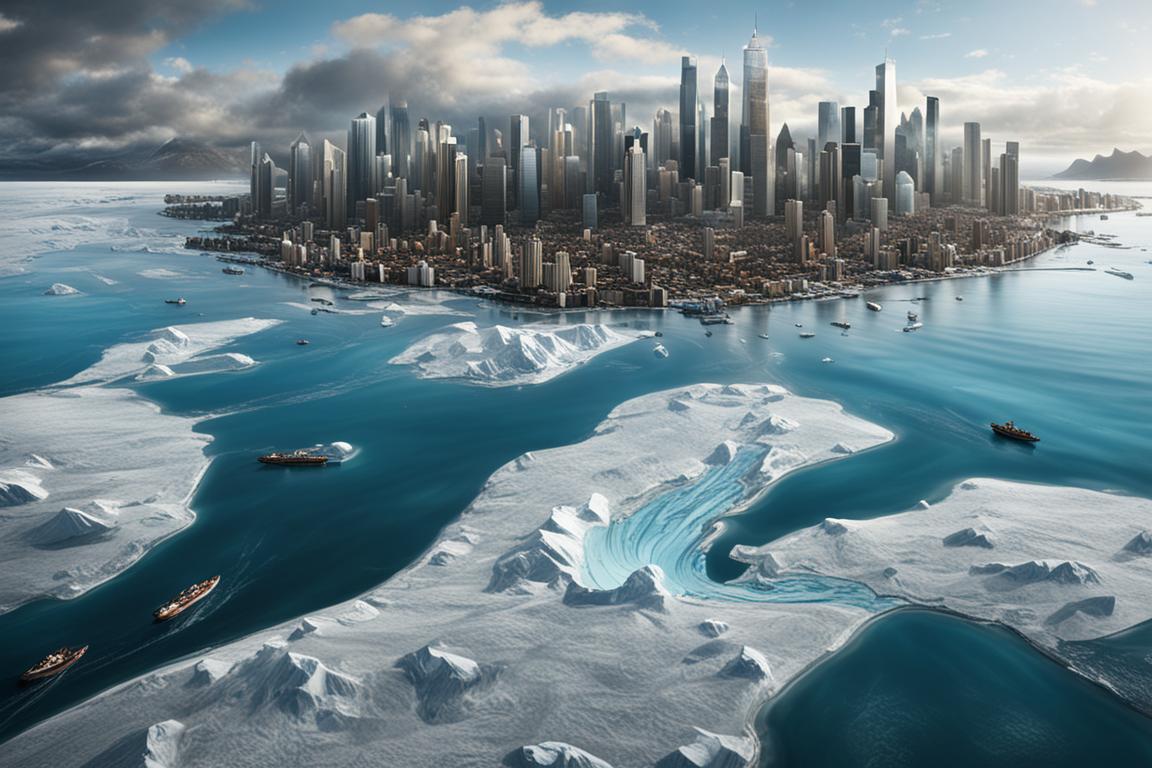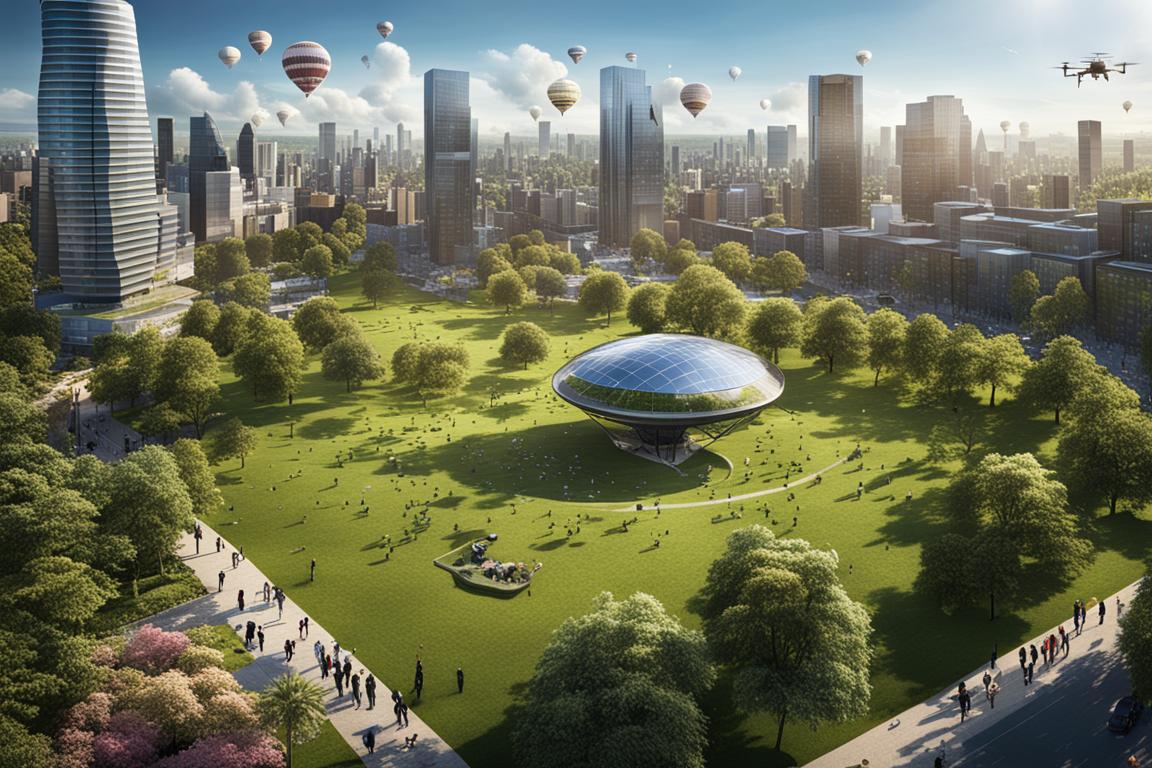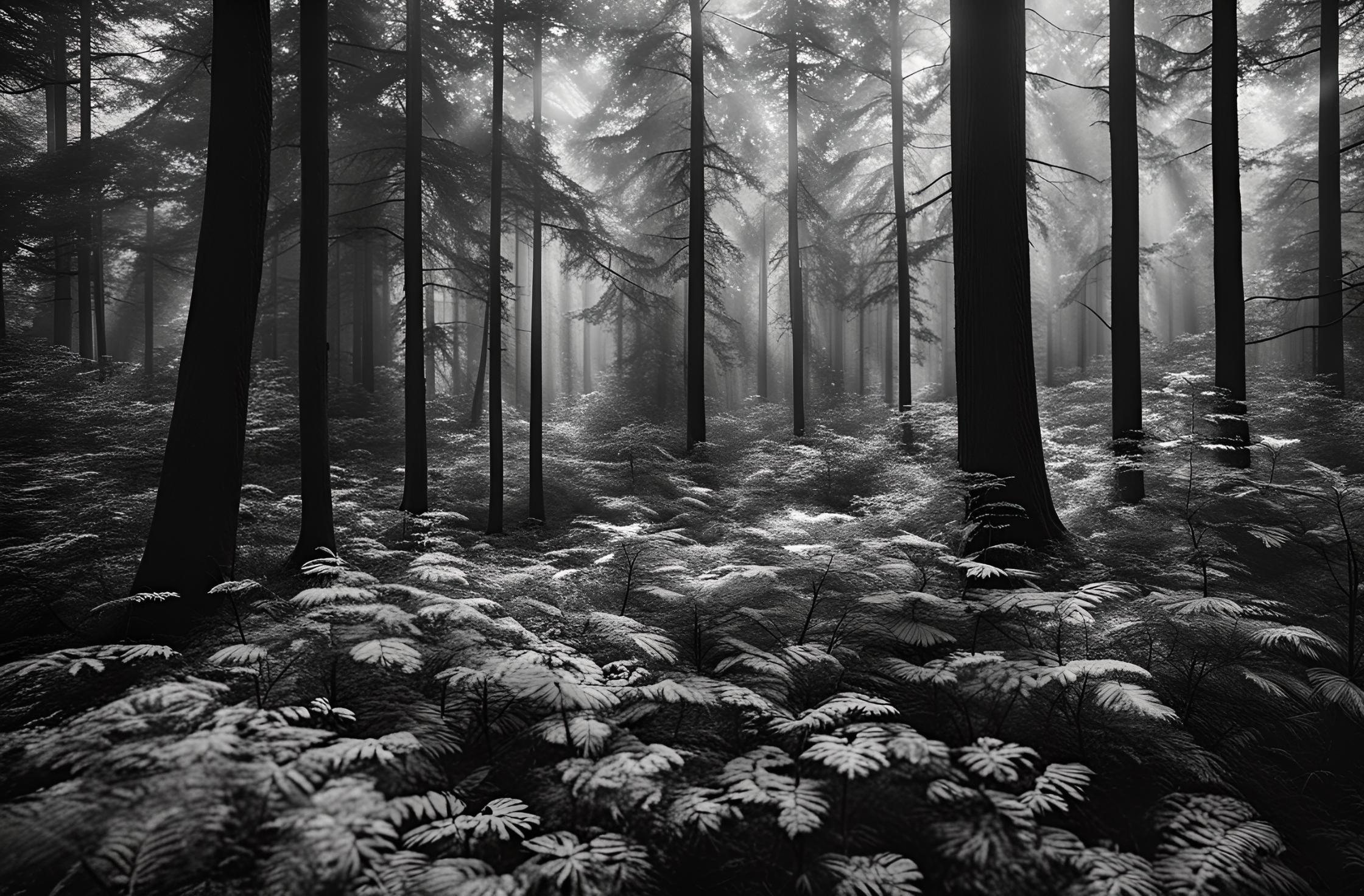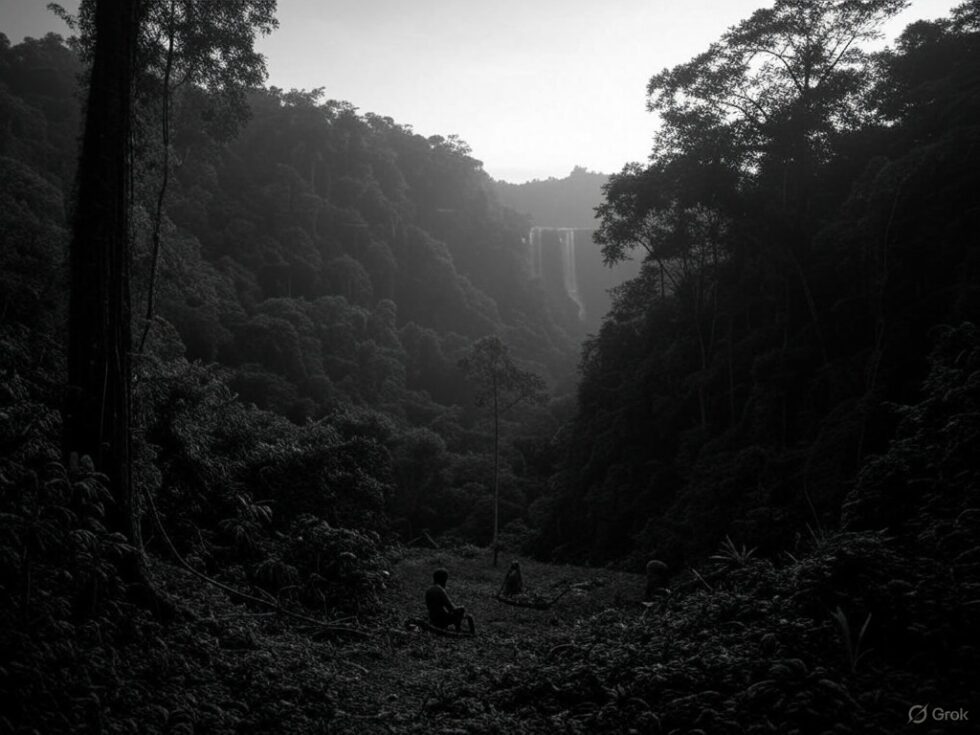
The Amazon Rainforest, often called the “lungs of the Earth,” remained unscathed by the relentless deforestation that threatened its existence in the early 21st century. As global priorities shifted towards sustainable living and environmental preservation, the Amazon emerged as a symbol of hope and resilience. Its vast canopy stretched across South America, teeming with life and mystery.
In this alternate reality, the Amazon’s untouched expanse played a crucial role in regulating the planet’s climate. The dense forest absorbed billions of tons of carbon dioxide, mitigating the effects of climate change and stabilizing global weather patterns. The world watched in awe as the Amazon, with its boundless biodiversity, demonstrated the power of nature’s resilience when left to thrive.
The preservation of the Amazon had profound effects on the indigenous communities who called it home. In this scenario, their voices were heard and respected, and their knowledge of the forest’s secrets was cherished and integrated into global environmental strategies. Once marginalized, indigenous peoples became the guardians of the forest, sharing their wisdom with scientists and conservationists worldwide. The world learned from their sustainable practices, adopting them in agriculture, medicine, and technology, leading to a harmonious balance between human progress and environmental stewardship.
The Amazon’s untouched state also led to groundbreaking scientific discoveries. Researchers, drawn to the forest’s mysteries, uncovered countless new species of plants and animals, each with unique properties and potential benefits for humanity. The pharmaceutical industry experienced a renaissance as scientists developed new medicines derived from the Amazon’s flora, curing diseases that had plagued humanity for centuries. The forest’s rich biodiversity inspired innovations in biotechnology, leading to sustainable solutions in energy, agriculture, and materials science.
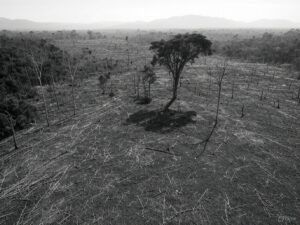
The global economy shifted as countries recognized the value of preserving natural resources rather than exploiting them. The Amazon became a hub for eco-tourism, attracting visitors from around the world eager to experience its beauty and learn from its ecosystems. This influx of eco-conscious travelers provided economic opportunities for local communities, who embraced sustainable practices to protect their home while benefiting from its natural wealth.
As the Amazon flourished, so did the planet. The forest’s role in regulating the Earth’s climate became even more critical as other regions adopted its model of conservation. The success of the Amazon’s preservation inspired a global movement to protect other vital ecosystems, from the African savannas to the coral reefs of the Pacific. Governments, businesses, and individuals united in their commitment to safeguarding the planet’s natural heritage, recognizing that the health of the Earth was intrinsically linked to the well-being of humanity.
In this world, the Amazon Rainforest stood as a beacon of hope, a reminder of what could be achieved when humanity chose to live in harmony with nature. The once-looming threat of environmental catastrophe was replaced by a future of sustainable prosperity, where the lessons learned from the Amazon’s preservation guided the world towards a brighter, greener tomorrow.
The story of the Amazon’s untouched beauty was passed down through generations, a testament to the power of collective action and the enduring spirit of nature. Children grew up hearing tales of the forest’s wonders, dreaming of exploring its depths and discovering its secrets. The Amazon became a symbol of possibility, a living example of what could be achieved when humanity chose to protect and cherish the natural world.
As the world continued to evolve, the Amazon remained a constant, its vibrant ecosystem a source of inspiration and innovation. The forest’s untouched state served as a reminder of the choices humanity had made, choices that had led to a world where nature and progress coexisted in harmony. The Amazon Rainforest, once threatened by deforestation, had become a testament to the power of preservation, a legacy of hope for future generations.

